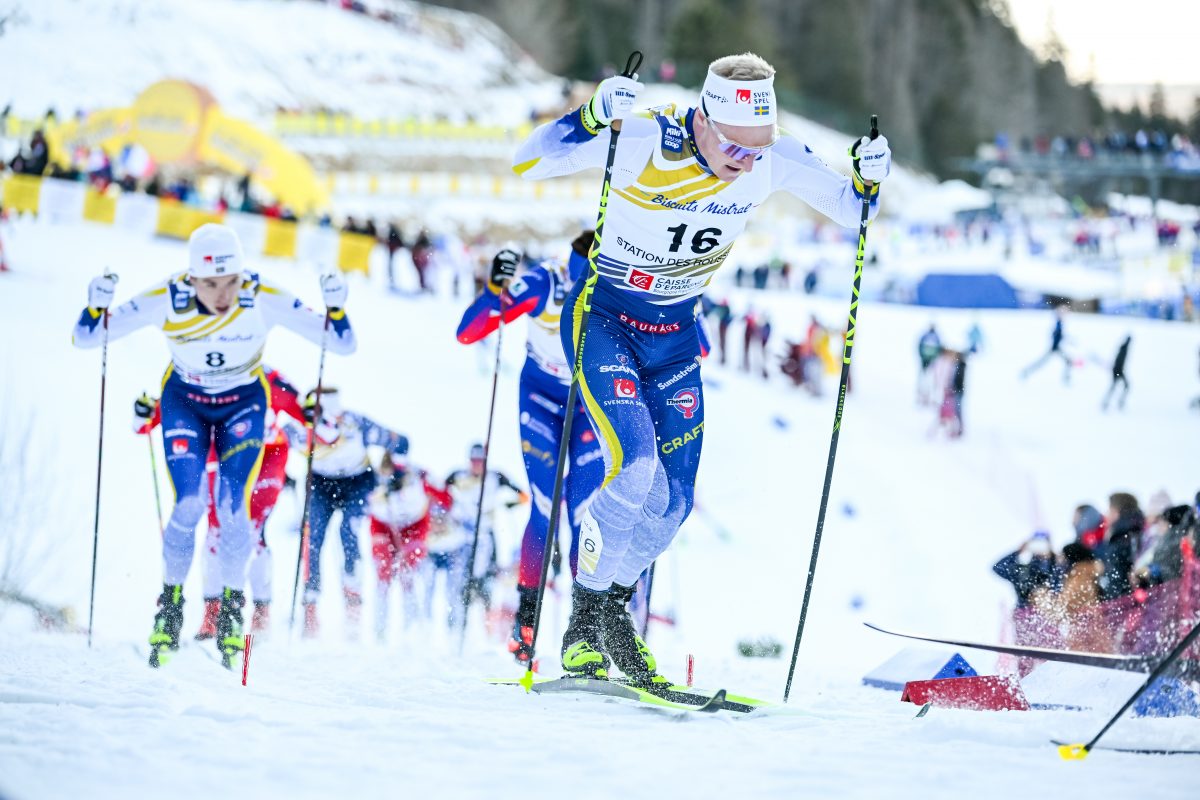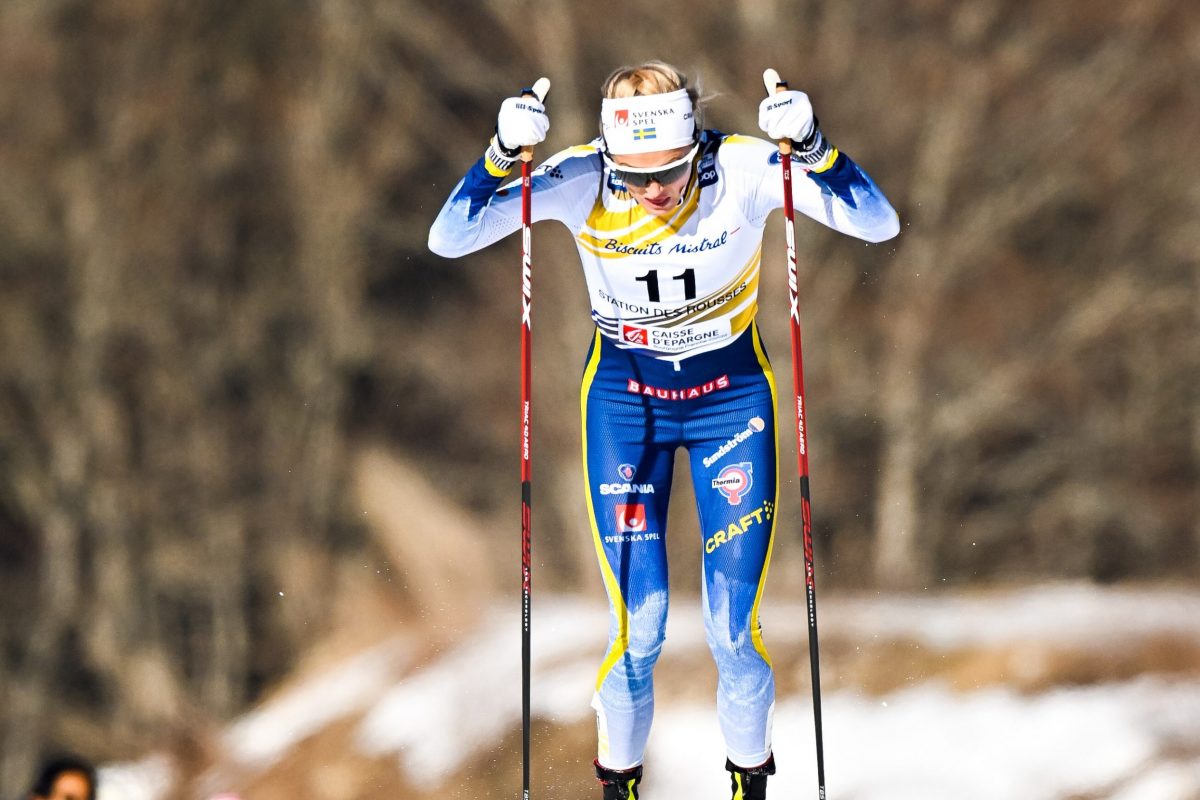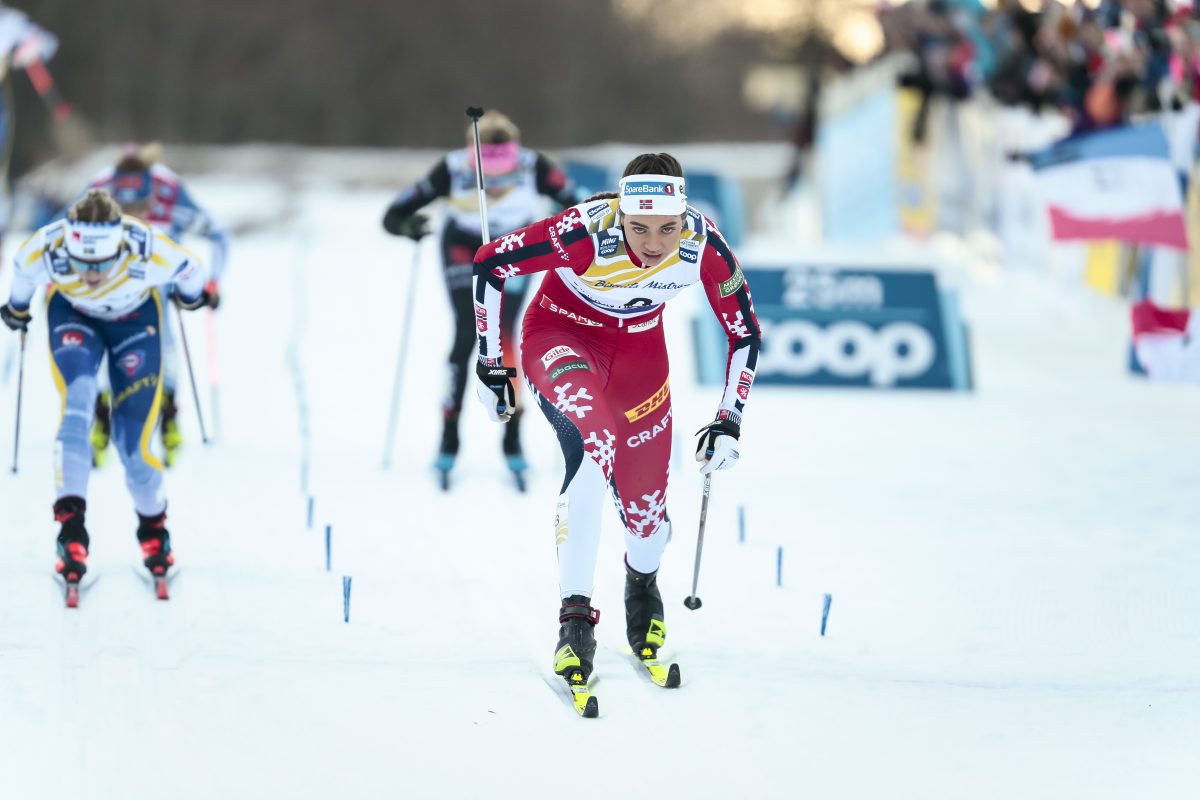
American Birke 2012: The Tradition continues
While winter has been mild this year for many parts of the nation, the Birkie trail from Cable to Hayward has been skiing very well according to many reports from skiers throughout the region. The trail has a good base and overnight cold temperatures have kept the snow pack firm and compact. The Hayward area received 3-4” of snow a few days ago, giving the groomers a little extra snow to work into the trail. The forecast calls for temperatures below freezing during the evening but the possibility of temperatures close to or above freezing during the daytime leading up the to the race Saturday, February 25.
The slightly below average snow pack indicates that the snow, while likely faster, will also be more dirty and aggressive than in past years. This is a strong indication that the snow crystal type will be substantially different from past years on the Birkie Trail, which will result in different preparation needed for fast skis at the 2012 American Birkebeiner.
Ski preparation for this years Birkie will involve a few easy but very important steps. As always, the first step is having the ski base in the best possible condition to accept wax and allow the skis glide as fast as possible.

In the past, “hot-scraping” was the recommended method for cleaning ski bases. Fortunately, Swix has a glide wax cleaner that eliminates the need for “hot-scraping” Swix’s I84 Cleaner for Flour Glide Wax and Conditioner is specially formulated to completely clean the base on any remaining foreign substances, conditions the base to optimally accept subsequent glide wax layers and will solve flouro compounds remaining in the base for those skiers who consistently or occasionally use fluorinated glide waxes. Refer to the following link to properly apply and use the I84 Flour Glide Cleaner, http://www.swixschool.com/web_tysk/index2.html.
Once the ski base is properly cleaned, it is now ready for the application of glide wax. Having the proper tools to work the skis is vital and will ensure that the wax you apply and remove is done correctly. Just like a chef in a kitchen who needs the proper ovens, mixers, sauté pots and pans to create a fine dinner or desert, a waxer must have the necessary and functional ski tools that will allow the wax to be applied correctly and efficiently.
A ski specific wax iron is the first tool needed for ski base waxing and preparation. Wax irons provide a constant, even temperature which is vital for glide wax application. Swix’s waxing irons utilize the newest technology by “printing” a thick, film type heating element directly onto the base plate. For racing and performance, the Swix T71 World Cup iron, the T72 Racing Digital iron and the T73 Performance iron are all outstanding and recommended irons from the highest levels of racing to the weekend warrior.
Proper brushes and sharp scrapers are the next set of tools needed for ski preparation. Brushes can be categorized into 3 types, Pre-Wax brushes, Post-Wax brushes and Cera F brushes.
The T0191B Rectangular Fine Steel brush is used before waxing. The ultra fine bristles reach deep into the base structure, cleaning and refreshing the ski base.
Post-Wax brushes include the T0179 Steel brush, the T0162 Medium Bronze brush and the T0160 Blue Nylon brush. The T0179 and the T0162 are used after the initial glide wax scraping and remove any remaining glide wax left behind within the base structure. The T0160 is used after as a final polishing brush.
Cera F brushes are the final type of wax brush and are specially designed to remove Cera powders, liquids and solids from the base structure after application. The T0194 Stiff Black Nylon is used to “brush up” FC7 and FC78 after the first iron pass. The T0164 Wild Boar and T0157 Horsehair brushes remove the Cera F after its application and the T0160 Blue Nylon is the final polishing brush.
While it is not necessary to have all 7 of these brushes, it is important to have at least one brush each from the Pre-Wax, Post-Wax and Cera F categories. Just like one pot will not fit every dish, having just one brush will not accomplish the goal of completely removing different glide waxes applied to the ski base.
Structure tools could play a very big role in having fast skis at this year’s race. Typically, the temperatures and snow crystals are cold and dry, negating any potential benefits from additional hand structure. However, this year looks to be different. The T423 Economy Structure Roller tool is a new structure tool from Swix. It comes with the .5mm Broken V roller, which is ideal for temperatures ranging from 23F to 32F. Additional rollers are available, including the .3mm Broken V roller (for temperatures from 23F and below) and the 1.0mm Broken V roller (for temperatures from 32F to 37F).
The Broken V patterns are rolled onto the ski base, leaving an imprint, unlike other structure tools that cut into the ski base material. Broken V patterns have advantages over normal structure tools in that they do not pick up dirt and other foreign substances and the pattern is not permanent; it will come out with 1-2 glide wax applications.
Pre-conditioning the base with glide wax is the next step that needs to be taken in anticipation for the Big Day. If the skis are new or have been newly stoneground, follow the steps found here to properly condition the bases, http://www.swixschool.com/web_tysk/index2.html.
If the skis have been pre-conditioned or are not new or newly ground, there are still a few steps that can be taken to get them ready for the final layers of race wax that will be applied on Friday afternoon or evening before the race on Saturday.
Looking at the long term weather forecast, temperatures in the Hayward area are predicted to be as follows, Lows in the mid to low teens F and Highs in the low to mid 30’s F. There is a chance of snow predicted for Monday, February 20th, but for the most part the weather pattern looks to be stable.
The temperature and precipitation forecast is ideal for Swix’s 6 line. Therefore, saturating the base with either LF6 or even HF6 (depending upon your individual racing goals) will condition the ski bases for the prevailing snow conditions on the Birkie trail. Apply a layer of LF6 or HF6 to the base and iron in, using the ironing techniques shown on swixschool.com. The layer, either LF6 or HF6 can be ironed in multiple times, just make sure to drip a bit more wax on if needed before the second and third ironings.
Swix Racing Service will be present at the 2012 American Birkebeiner (this is a tradition also!) and will be testing and posting wax and structure recommendations consistently through out the week leading up to the race. Swix RS will post a preliminary Birkie 2012 wax recommendation, Tuesday, February 21st. This will be posted to www.swixracing.us and will be distributed to all local and regional Swix dealers.
Swix RS will update the Birkie 2012 wax and structure recommendation on Thursday, February 23nd and Friday, February 24th and outline any changes due to snow and weather forecasts. Swix will be present at the Birkie Expo held at the Hayward Middle School with everything a skier will need to make their skis as fast as possible.



